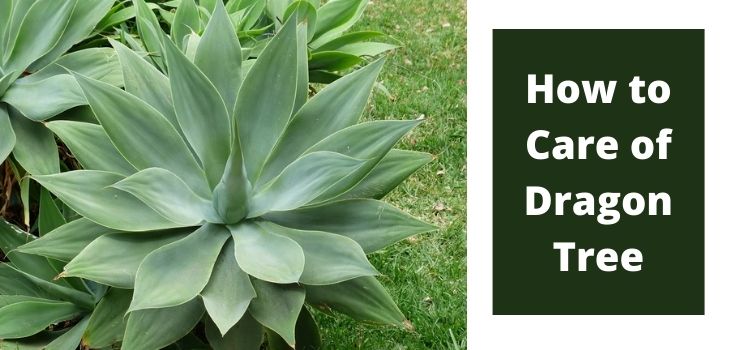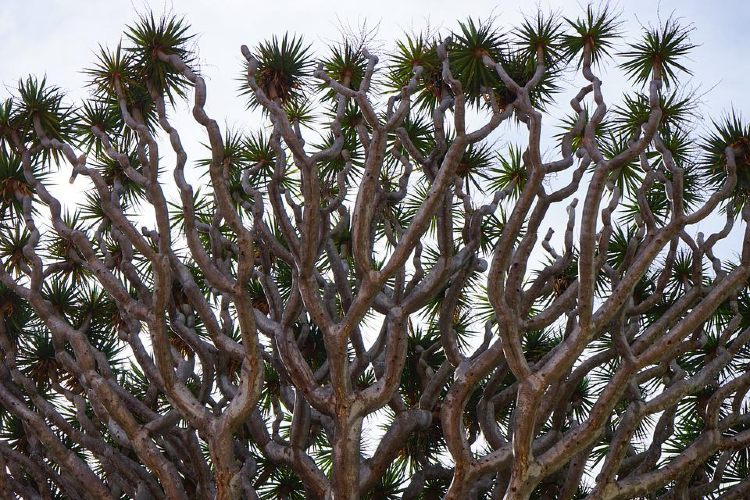|
Getting your Trinity Audio player ready...
|
About Dragon Tree
Dracaena Marginata, usually known as the Dragon tree, is a beautiful tree with green sword-like leaves with red edges. The eye-catching spiky tree is native to Madagascar, and it’s considered a wonderful gateway plant for home gardeners because it’s easy to care for, drought-tolerant, and practically durable.
The slow-growing species grow all year and blooms in the spring with small white flowers (though it rarely flowers indoors). In warm outdoor climates, this little tree can reach a height of 20 feet however it is most commonly grown as a potted houseplant with a height of 6 feet or less. Hope you enjoyed reading about dragon trees.
Dragon Tree Scientific Classification
| Classification Type | Classification Status |
| Scientific Name | Dracaena draco |
| Common Name | Malaysian Dracaena, Madagascar Dragon Tree |
| Leaf | Green sword-like and red-edged leaves |
| Kingdom | Plantae |
| Species | D. Draco |
| Family | Asparagaceae |
| Subfamily | Nolinoideae |
| Plant Type | Broadleaf evergreen |
| Order | Asparagales |
| Genus | Dracaena |
| Growth Size | 15-25 feet or more in height 15-25 feet or more in the spread |
Here are 4 Solid Dragon Tree Benefits that you are Supposed to Know About Them:

1. Best Air Purifying Houseplant
Volatile organic compounds and Toxic gases are harmful to human health, and they have found their way into our houses as well. Plants remove harmful toxins from the air, and dracaena is one of the most effective. Indoor air contaminants such as formaldehyde, benzene, trichloroethylene, and carbon dioxide can be reduced.
Electrical appliances, furnishings, paints, new clothes, carpets, and building materials all contribute to the introduction of pollutants into households. They can cause a variety of health issues, including headaches, respiratory problems, kidney disease, marrow illness, renal disease, DNA mutation, cancer, and more.
2. It Sharpens Focus and Improves Concentration
If you’ve ever been to a place with a lot of plants, you already know what we’re talking about. Plants in and around your home and office can help you focus and concentrate. Students were more attentive in class (70 percent) when plants were present, according to a study done by The Royal College of Agriculture in Cirencester (England).
Houseplants improve cognitive function, memory, concentration, attention, and overall mental wellness, and Dracaena marginata and other indoor plants improved the concentration and focus of university students.
3. It Increases Humidity
Plants produce food through the process of photosynthesis, as we all know. What most people don’t know is that plants release moisture into the air during this process. Plants release approximately 97 percent of the water they consume.
If dry air bothers you, place a few dracaena houseplants in the room to increase humidity levels. Many respiratory problems caused by dry air will also be kept under control as a result of this. The use of houseplants was found to reduce colds, dry skin, dry coughs, and sore throats in office workers.
4. Low Maintenance
There isn’t much that can go wrong with dracaenas because they are extremely forgiving. Tolerating a wide range of conditions is what makes them so popular and sought after. They don’t need much water and can thrive in low-light conditions. Furthermore, fertilization should be done twice or three times a year. They have also been added to our list of plants that can grow in the absence of direct sunlight. Hope you enjoyed reading the dragon tree benefits.
Because of its low maintenance requirements, the Dragon tree is appropriate not only for offices but also for the homes of beginning gardeners. The plant has an exotic appearance that would complement a modern, contemporary, or Zen interior design. Furthermore, its excellent air-purifying properties make it ideal for any city residence. Last but not least, if you are lucky enough to own a home in a tropical environment, a dragon tree will be the focal point of your garden. Hope you enjoyed reading Care of Dragon Tree.
Here are Three Types of Dragon Trees

Although dragon trees come in a variety of kinds, the most common ones found in plant stores are the following (and used as household plants) include, See Types of Dragon Trees.
1. Dracaena Marginata Tricolor: This variety has dark red margins, green leaves, and an ivory stripe down the center of the leaf.
2. D. Marginata Colorama: Although this dragon tree appears to be all pink, it is actually variegated with white and green stripes. It will require very bright light to maintain its various colors.
3. D. Marginata Bicolor: This dragon tree varietal has red and green stripes, as its name suggests.
How to Care of Dragon Tree

Dragon trees are popular as large potted plants for homes and offices because of their stability for a wide variety of temperatures. During the growing season, they should be placed in well-draining soil and watered regularly. They may grow in a range of light settings, but indirect bright light is preferable. In addition to enhancing the beauty and visual appeal of your place, they are also beneficial in removing harmful chemicals in your household air.
Light
1. Dragon trees love intense indirect light, but they may adapt to low to medium amounts of light.
2. Keep them away from direct sunlight, which can scorch their leaves.
Water
1. Between watering, allow your Dragon Tree to dry out. When the topsoil is dry, water thoroughly once a week.
2. Overwatering should be avoided, and watering should be done less frequently throughout the winter months.
Growth
1. The Dragon Tree grows slowly, yet it is continuously shedding old leaves and unfolding new ones. The Dragon Tree can grow to be eight feet tall when grown indoors.
2. Fertilize your Dragon Tree with indoor plant food 1-2 times per month in the spring and summer, or foliar feed all year.
In contrast to most tropical plants, which require a lot of attention, the Dragon Tree is very hardy and easy to care for. Basic plant care will ensure many years of lush, rich foliage.
Must Read: All About Apple Tree with their Types, Benefits, and Images



